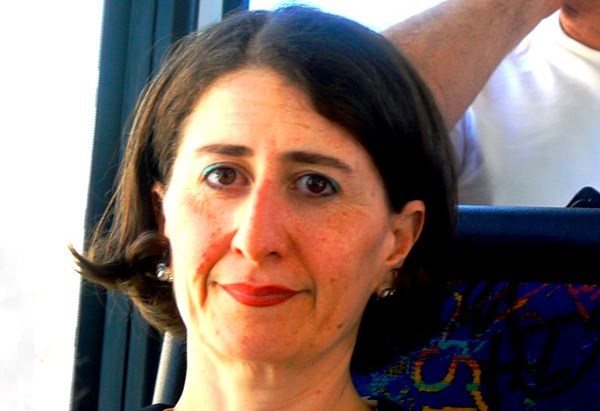New South Wales Premier Gladys Berejiklian sparked controversy recently with her decision to open the first fully “selective” public high school in 25 years in the Australian state.
New South Wales has nine co-educational selective high schools, four all-male schools and four all-female selective schools.
Selective high schools cater for the specific needs of high-achieving “gifted” students. The state’s department of education estimates that at least 10 per cent of students are “gifted.” That figure seems high, depending on the definition used.
The most straightforward definition of “giftedness” is one outlined by Joseph Renzulli, distinguished professor at the University of Connecticut’s Neag School of Education.
Renzulli’s concept is that genuine giftedness in any sphere of activity requires three characteristics: Above-average abilities, creativity (which includes fluency, flexibility and originality of thought) and, probably most importantly, task commitment that can be observed as perseverance, endurance and sometimes a special fascination with a particular subject or topic.
Only if these characteristics work together can gifted behaviour be attributed to a student. Two out of three characteristics is not enough.
In the late 1960s, I taught senior literature in what was, at that time, one of New South Wales’ seven selective schools.
In my school, applicants were identified from a geographic area about the size of south Vancouver Island. The kids had applied, and were selected, based on fairly coarse measures: IQ as measured by a Wechsler or Stanford Binet test, academic commitment and success plus their range of interest and activities beyond academics that might range from sports to the arts.
As students, they responded best to the student-centred “guide on the side” approach to teaching rather than the “sage on the stage” teacher-centred method. Teaching these kids could be fun and it could be challenging.
I remember teaching a Grade 12 demonstration class on Shakespeare for education students and their teacher from the local university.
Teaching literature, and in this case it was Shakespeare’s Macbeth, at any level normally requires that the subject be taught at three levels: the literal level (Who are the characters, what do the words mean?), the inferential level (How does the narrative make sense, given the main characters?) and the critical level (What are the central themes of this play and how do those themes relate to what people knew or believed in Elizabethan times — or now for that matter?).
I knew these kids had read the play or seen it on film. There was no point in explaining the literal stuff. Inferentially, they “got it” after a couple of classes, so that left the critical level. That was the level these kids lapped up.
In one scene, both the main characters, Macbeth and Banquo, indirectly feel each other out about loyalty to their king — “Where would your loyalties lie if something happened to the king?” How could students best appreciate the subtleties of that scene?
One student came up to the blackboard and proceeded to explain that, if we were to produce the scene and film it, the lighting would play a big part in how the dialogue was interpreted. He went into detail, line by line, to explain how that could be done.
At the end of the lesson, the university lecturer thanked me and said, “but next time we’d like to see something not so thoroughly rehearsed.”
There was no point in trying to explain that this was how these very bright, very engaged kids operated.
Fortunately, in seeking to expand the NSW’s offering to “gifted” kids, those behind the move have taken teacher training into account. According to associate professor Jae Jung, head of gifted education at the University of NSW who consulted on the project, training teachers in gifted education would be key to ensuring that the needs of those students would be met.
Research, prior to the decision to open more selective schools, had shown that flawed identification was contributing to the under-representation of students from low socio-economic backgrounds, and that specific teacher training can significantly help the effectiveness of lessons.
Here in Canada, there is always the question raised as to whether or not public selective schools would be elitist and socially divisive in what we like to claim is a socially egalitarian society.
Critics of the idea of selective schools say they segregate the school system.
That in turn, raises the question of politicizing what should be just a matter of maximizing educational opportunities in the public system for identifiably bright kids.
While Canadian universities tend to be selective, the public K-12 system, to my knowledge, has not been able to overcome the politically correct stigma of “elitism” that New South Wales confronts head on in the interests of “gifted” kids.
Canadian and B.C. public education have some overdue work to do in that area.
Geoff Johnson is a former superintendent of schools.



